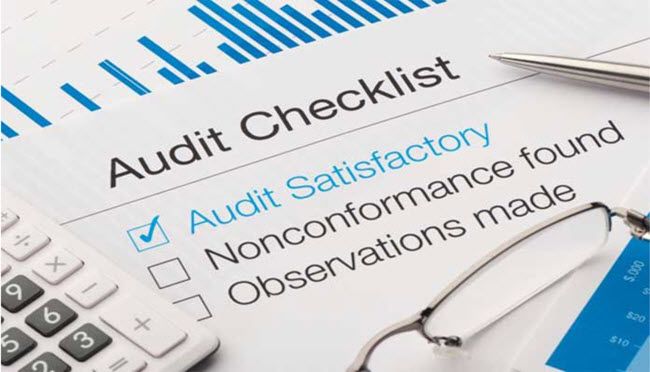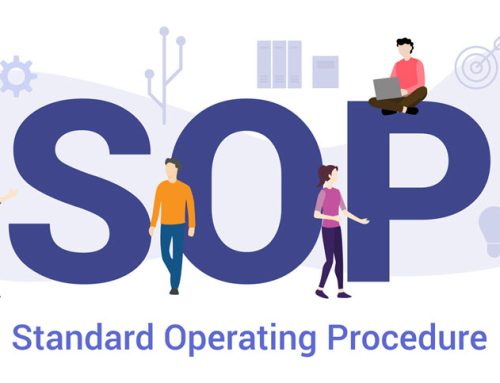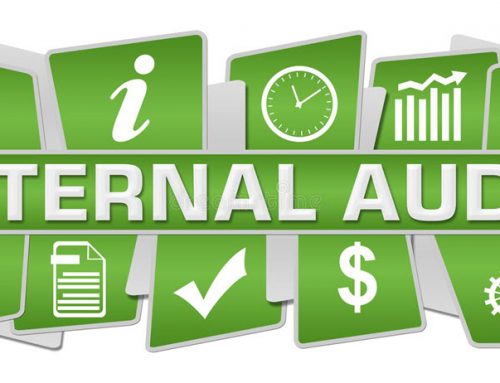A Statutory Audit is the authorized official inspection of a company’s accounts usually by an independent body. It is the audit of records of accounts of a company, according to the rules and requirements of an act or law, to guarantee fair and correct representation of the company’s financial records. The use or reason for a statutory Audit is the same as the use of any other type of audit which is to determine if a company is providing a fair and correct illustration of its financial position by inspecting information like, bookkeeping records, financial transactions and bank balances.
For manufacturers, a Statutory Audit for is nearly like the audit of other business enterprise, except for the additional procedures around the company’s inventory balances. Statutory Auditors are expected to get reasonable assertion that a company’s financial reports do not have material misstatement, whether it was caused by fraud or error. Auditors plan and create specific techniques to test account balances for manufacturers.
Having an Understanding of some of the common techniques can help you prepare for your statutory audit.
How to Create a Statutory Audit Checklist
It doesn’t matter what the company is all about, or how big it is, the statutory audit process is always the same. Here are steps to guide and help you understand and prepare for a statutory audit.
1. Plan it well
Planning is the most significant part that most people forget. As an auditor, it is necessary to have an in depth understanding of the company or business being audited. An in depth study can help you deal with possible issues and complications early. It gets easier for you when you understand the company more. To help the auditor he/she should request information on the company up front. This information could for example be locations, market share, the history of the company, marketing, operations comprising services, products, processing, accounts, financial statements, stocks and shares. The statutory audit checklist should be developed as part of the preparation process.
2. Draft out a schedule and plan
Have a list of the assignments of the tasks along with the names of the individuals responsible for it. Using a timetable to work from makes it easier to review paperwork in a structured manner and decide on what needs to be done if an error is found.
3. The Audit
The entire audit procedure works around four main areas
- Cash
- Stocks
- Receivables
- Payables Statutory requirements and records
The audit examination may be put under broad subheadings centered on statutory records and requirements.
A good auditor will gather for reference purposes the previous years’ working papers. The audit team will carefully inspect and study the company’s financial statements and accounting systems. The depth of the assessment depends on the internal control valuation. If the control report is adequate, further testing is restricted and if not, a more in-depth analysis is done.
4. The next stage comprises of verification of several registers and files
The auditors will likewise physically validate the stock-in trade. The important files to be presented include
- The Purchase bill
- The Sales Register
- The VAT payments and returns
- The Salary and wages
- The Fixed assets purchased
- The Trade license
- The Property Tax paid challans
- The ESI paid challan outstanding
- The Payment of advance tax
- The TDS certificates
- The Investment papers
- The Bank reconciliation statement
5. Discussion and feedback
Normally, there is a dialogue at the end of each step of the audit. These informal discussions offer a chance for mutual view concerning the examination of the documents, the controls and the areas that require improvement or prompt action.
6. The Audit report
The concluding audit report is finally made after thorough examination and understanding of the financial reports and after all areas of concern have been adequately addressed. After all these, the audit team then presents its examination report to the audit committee or company’s board.
The advent of the yearly statutory audit should not function as a warning signal. Instead, it should become a part and parcel of a company’s organized function. The term ‘auditing’ is synonymous with the word counseling. A trouble-free and accurate audit can be certified with knowledge of the procedure, preparedness and proper organization.






